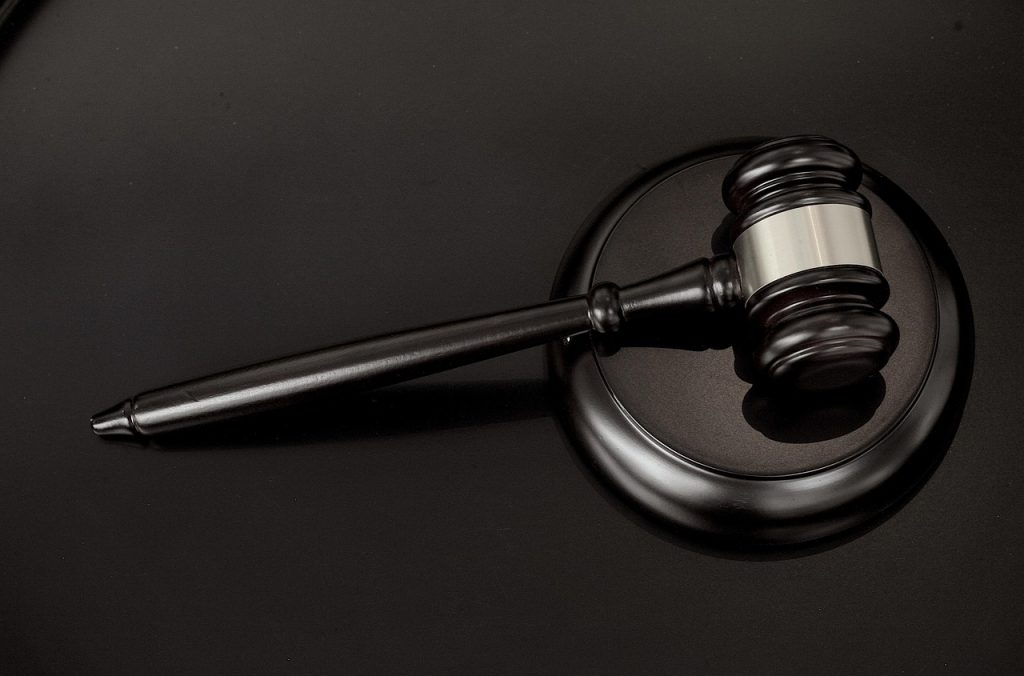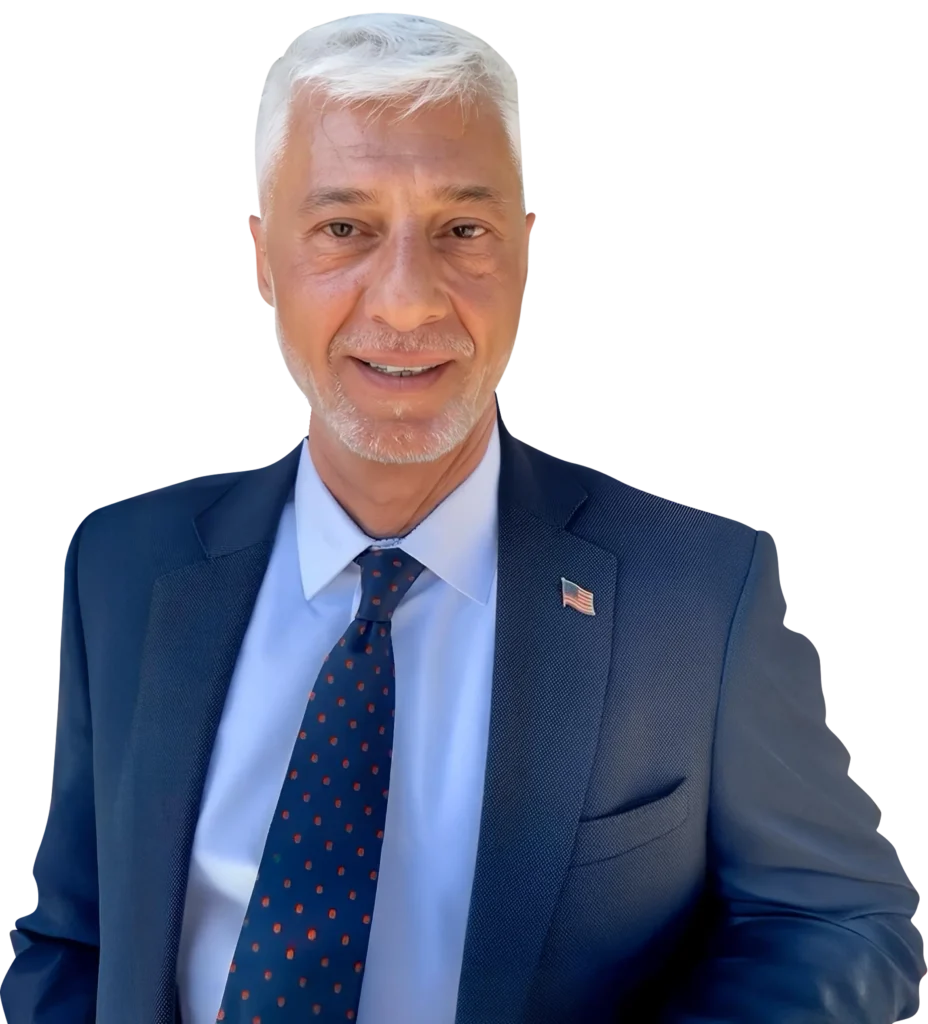How do attorneys initially evaluate whether a personal injury case will settle quickly or require litigation?
James K. Sadigh explains that accurate assessment proves challenging at the outset due to evolving injuries. Cases involving minor soft tissue damage, such as neck or back stiffness, typically settle without litigation. However, unexpected developments can alter trajectories. For instance, a couple consulted James K. Sadigh after an accident; the wife reported severe pain and mobility issues, while the husband downplayed symptoms. Months later, the wife recovered fully, but MRI revealed the husband suffered herniated discs at multiple levels, necessitating surgery. His case extended two years through discovery, depositions, and evaluations, settling in high six figures just before jury selection—far exceeding the wife’s modest $10,000–$15,000 claim.
Why do most personal injury cases settle just before trial?
Insurance companies prioritize cases handled by trial-ready attorneys. James K. Sadigh notes that thorough discovery—exchanging information between parties—demonstrates preparation and credibility. Transparent evidence sharing enables insurers to accurately value claims, prompting higher offers. Posturing without substance fails; consistent updates and responsive communication signal seriousness, often leading to favorable settlements on the courthouse steps.
What factors influence recommendations to settle a personal injury claim?
James K. Sadigh emphasizes that civil justice facilitates resolution, not guaranteed fairness. Jury verdicts remain unpredictable due to jurors’ personal biases regarding appearance, accent, occupation, or background. Litigation incurs substantial costs: depositions average $2,000 each, expert testimony reaches $7,000–$10,000 daily, plus court reporters, jury fees, and exhibits. Attorneys must calculate net client recovery. Accepting a reasonable settlement often places more money in the client’s pocket faster than a larger verdict diminished by expenses. Ethical considerations prevent pushing trials solely to increase attorney fees when clients gain little.
When should plaintiffs reject a settlement and pursue trial in a personal injury case?
James K. Sadigh advises proceeding to trial only with strong conviction of substantially higher recovery. Detailed comparisons—settlement versus projected verdict minus costs—guide decisions. Clients receive scenario breakdowns and second opinions from independent colleagues. Ultimately, clients decide; some prioritize principle over finances, seeking accountability despite insurance companies’ unchanged practices. James K. Sadigh stresses focusing on personal recovery rather than systemic reform.
How can settling avoid leaving money on the table in personal injury claims?
Clients often fear settlement equals surrender. James K. Sadigh counters that net proceeds matter most. A $100,000 verdict might yield only $10,000 after two years of costs, while a $65,000 pre-litigation settlement delivers $10,000–$15,000 immediately. Prioritizing timely compensation for pain, suffering, and expenses outperforms prolonged battles with diminished returns.
What misconceptions exist about courtroom trials from media portrayals?
Television dramas condense years of preparation into minutes of spectacle. James K. Sadigh clarifies that evidence rules exclude cinematic arguments; much develops during lengthy discovery. Clients learn procedural realities—depositions, motions, and evidence codes—to align expectations with actual processes.
What percentage of personal injury cases actually reach trial?
James K. Sadigh reports approximately 50% settle post-treatment through direct negotiation. Of the remaining half requiring lawsuits, 65–70% resolve during litigation via mediation or conferences. Only 5–10% proceed to trial, often after court-mandated settlement efforts by experienced Los Angeles mediators.
How does mediation facilitate personal injury settlements?
Mediators bridge gaps without deciding outcomes. James K. Sadigh selects experienced mediators knowledgeable in personal injury. They highlight weaknesses to both sides, pressuring concessions. Effective advocates equip mediators to extract higher defense offers. Creative solutions address non-monetary needs; in one employment discrimination case, a $100,000 settlement included an apology, luncheon, and plaque after 12 hours—meeting the client’s emotional requirements beyond dollars.
Is mediation discussion admissible if a personal injury case goes to trial?
California law protects settlement talks, including mediation. James K. Sadigh confirms such communications remain confidential, encouraging candid negotiations without fear of trial use. This policy promotes good-faith resolutions.











